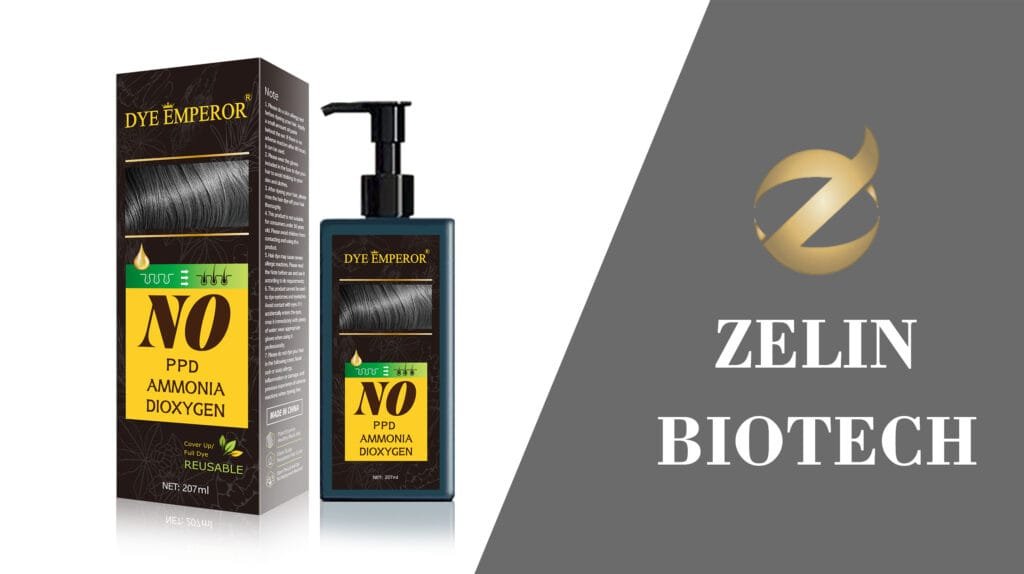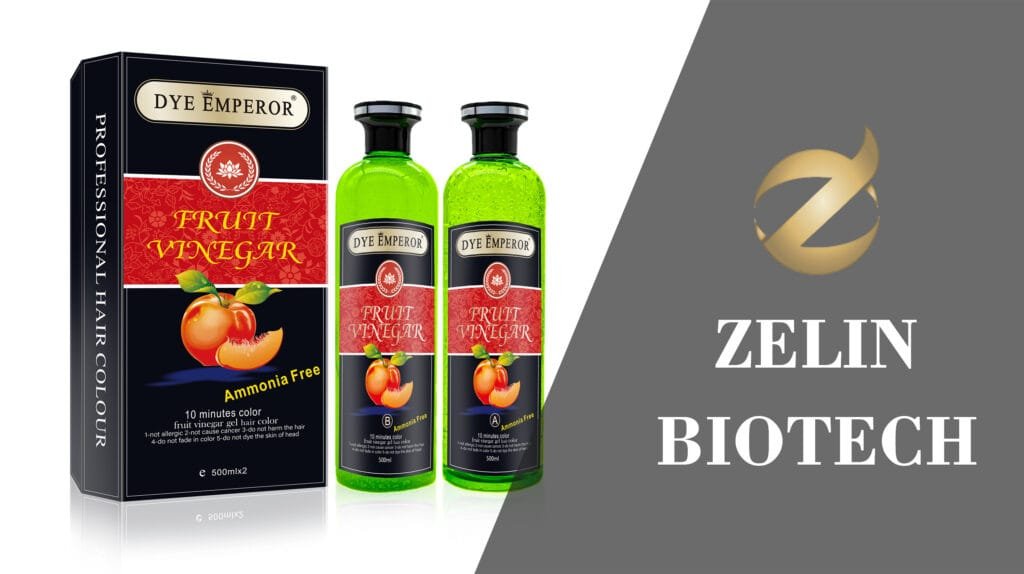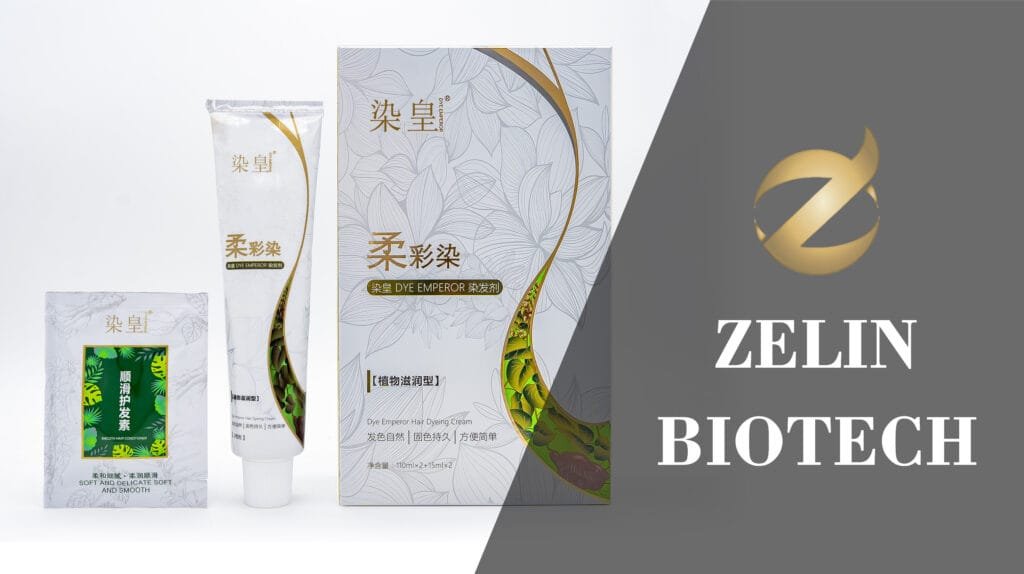Great Color Shouldn’t Come at a Cost to Your Health
The desire for vibrant, long-lasting hair color is a cornerstone of modern personal expression. However, this aesthetic pursuit is increasingly accompanied by a valid concern for the ingredients used in cosmetic formulations. Central to this discussion is the chemical composition of permanent hair dye and the potential health implications of certain ingredients.
This guide serves as a professional resource, moving beyond marketing claims to provide a clear, scientific breakdown of a key chemical agent—para-phenylenediamine (PPD)—as well as other common compounds of concern. Our objective is to equip you with the knowledge necessary to navigate ingredient lists and select products that align with both your stylistic goals and your commitment to personal health.
What is PPD and Why Is It Used?
Para-phenylenediamine, commonly abbreviated as PPD, is an oxidative chemical precursor widely used in permanent hair dye formulations, particularly to create dark, natural-looking shades such as brown and black.
Its primary function is to react with an oxidizing agent, typically hydrogen peroxide, within the hair shaft. This chemical reaction causes the PPD molecules to expand and bond together, forming larger color polymers that become trapped inside the hair’s cortex. This mechanism is what provides the exceptional vibrancy, depth, and fade-resistance for which permanent hair dyes are known. While highly effective from a performance standpoint, the use of PPD is also associated with significant health considerations.
The Signs of a PPD Allergy
From a clinical perspective, PPD is classified as a potent contact allergen. For a segment of the population, exposure to this chemical can trigger an immune response known as allergic contact dermatitis. It is crucial to understand that an allergy to PPD can develop over time through a process called sensitization; an individual may use a product for years without issue before developing a reaction.
Symptoms of a PPD allergy can range in severity and may include:
Mild to severe itching of the scalp, face, or neck.
Erythema (redness) and inflammation of the skin, particularly along the hairline and on the ears.
Formation of dry, scaly patches or eczematous lesions.
A persistent burning or stinging sensation.
Edema (swelling), especially around the eyes and face.
In severe cases, the reaction can lead to blistering, weeping sores, and secondary infections.
While extremely rare, anaphylaxis—a life-threatening allergic reaction—has been documented.
PPD-Free Hair Dye
In response to these well-documented concerns, cosmetic science has advanced to offer safer alternatives. A ppd free hair dye is one that is specifically formulated without para-phenylenediamine. These products aim to provide a gentler coloring experience, making them a more suitable choice for individuals with known sensitivities or a preference for cleaner formulations.
These advanced formulas often rely on alternative color agents. The most common substitute is para-toluenediamine (PTD), a chemical relative of PPD. While generally considered to be less sensitizing, it is important to note that individuals with a severe PPD allergy may still experience a cross-reaction to PTD. Therefore, even when choosing a ppd free product, due diligence is paramount. Other formulations may utilize botanical ingredients like henna and indigo, though these typically offer a more limited color palette and different application process.
Beyond PPD: Other Chemicals of Concern in Hair Formulations
A comprehensive approach to safer hair color involves looking beyond a single ingredient. Two other common compounds warrant discussion:
Resorcinol: This chemical acts as a “coupler” in the dye process, working with the primary colorant to create specific shades. However, it is a known skin irritant and has been identified by regulatory bodies as a potential endocrine disruptor.
Ammonia: This alkaline agent’s function is to swell the hair cuticle, allowing dye molecules to penetrate. It is responsible for the strong, pungent odor of many hair dyes and can be a significant irritant to the scalp, eyes, and respiratory system. Modern formulations often replace ammonia with a gentler, odorless alkalizing agent such as ethanolamine (MEA).
A Practical Guide to Selecting a Safer Hair Color
Making an informed choice requires careful label-reading and adherence to safety protocols.
Prioritize PPD-Free Formulations: Actively seek out products that are explicitly labeled as ppd free. This is the most critical step for anyone with a known sensitivity or concern about potential allergic reactions.
Conduct a Patch Test 48 Hours Before Every Use: This is a non-negotiable safety measure. Apply a small amount of the dye mixture to a discreet area of skin, such as behind the ear or on the inner elbow. If any irritation, redness, or swelling occurs within 48 hours, do not use the product. This must be done before every single application, even when using a trusted ppd free brand.
Scrutinize the Entire Ingredient List: For the most gentle experience, look for formulations that are not only ppd free, but also formulated without ammonia and resorcinol.
Making a Healthy Choice for Beautiful Hair
The evolution of cosmetic science ensures that consumers no longer need to compromise their well-being for vibrant, lasting hair color. While effective, PPD presents a clear and documented risk of allergic sensitization for many individuals. By understanding the function and potential impact of this and other chemicals, consumers are empowered to select superior, safer alternatives. A commitment to reading ingredient lists and performing diligent patch testing remains the most effective strategy for a safe and beautiful hair coloring experience.




